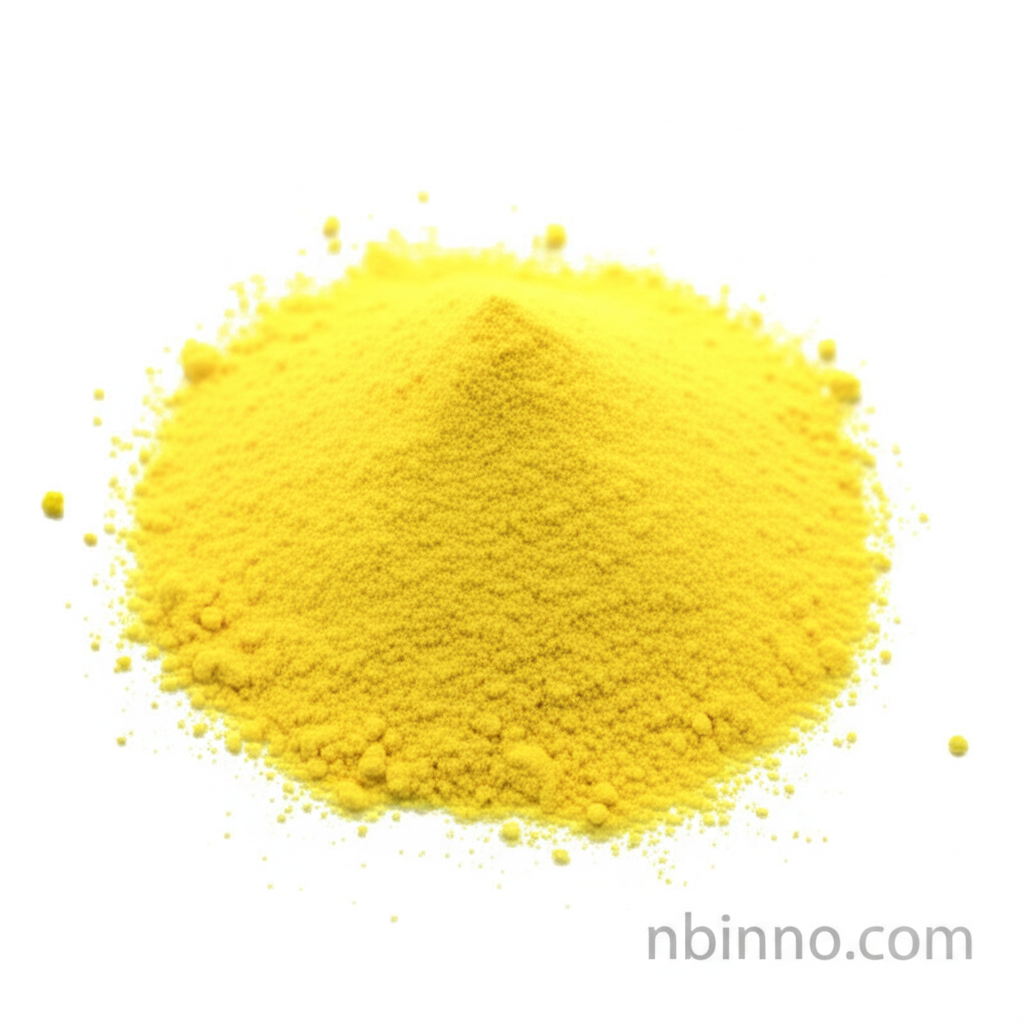Unlock the Potential of 2-Amino-3-bromo-5-nitrobenzonitrile
A crucial chemical intermediate powering disperse dye synthesis and advanced organic chemistry.
Get a Quote & SampleProduct Core Value

2-Amino-3-bromo-5-nitrobenzonitrile
This compound is a vital chemical intermediate, primarily recognized for its extensive use in the synthesis of disperse dyes. Its unique molecular structure, featuring amino, bromo, nitro, and nitrile functional groups, renders it a versatile building block in various organic synthesis pathways.
- Leveraging 2-amino-3-bromo-5-nitrobenzonitrile synthesis for high-quality disperse dyes is crucial for the textile industry.
- As a key chemical intermediate for dyes, its purity directly impacts the final product's performance and color fastness.
- The compound serves as a versatile organic synthesis building block, enabling the creation of complex molecules for diverse applications.
- Understanding nitroaniline derivatives applications highlights its broader significance beyond just dye production.
Advantages Provided by the Product
Versatile Chemical Intermediate
Its multi-functional nature makes it a cornerstone for producing various specialized chemicals, including critical components for disperse dyes.
Facilitates Complex Organic Synthesis
The compound's reactivity and structural features are instrumental in intricate organic synthesis pathways, allowing for the construction of advanced molecular structures.
Enhances Dye Performance
When used in the synthesis of disperse dyes, it contributes to vibrant colors and improved fastness properties, meeting the demands of the textile sector.
Key Applications
Disperse Dye Manufacturing
This compound is indispensable in the industrial production of disperse dyes, contributing significantly to color intensity and stability in textiles.
Organic Synthesis
It acts as a valuable precursor in complex organic synthesis, enabling the creation of new chemical entities with potential applications in pharmaceuticals and materials science.
Chemical Intermediate
Its role as a chemical intermediate extends to various industrial processes, where its specific reactivity is leveraged for producing tailored chemical products.
Research and Development
Researchers utilize this compound for exploring new chemical reactions and developing novel compounds with potential biological activities, contributing to scientific advancements.
